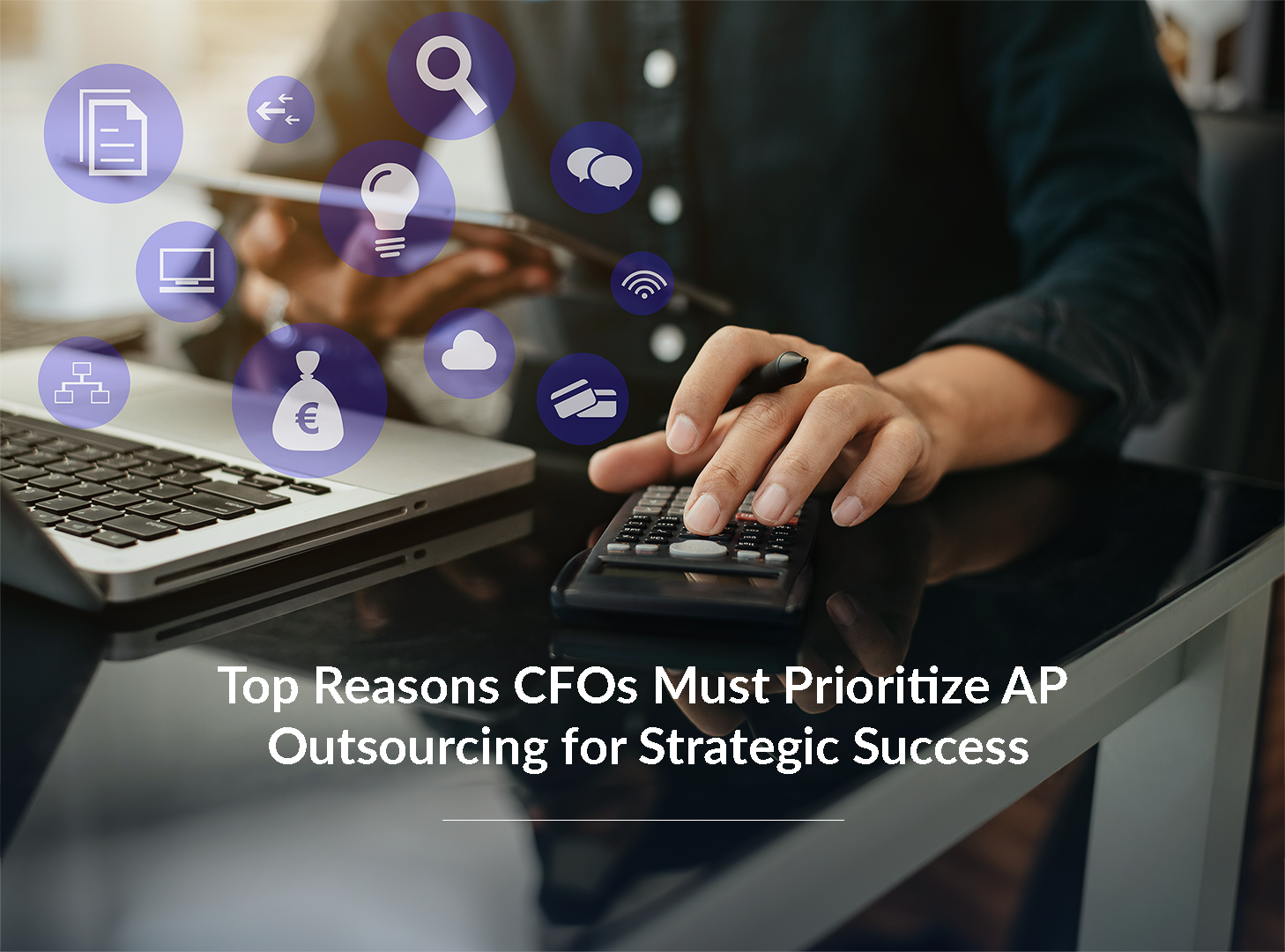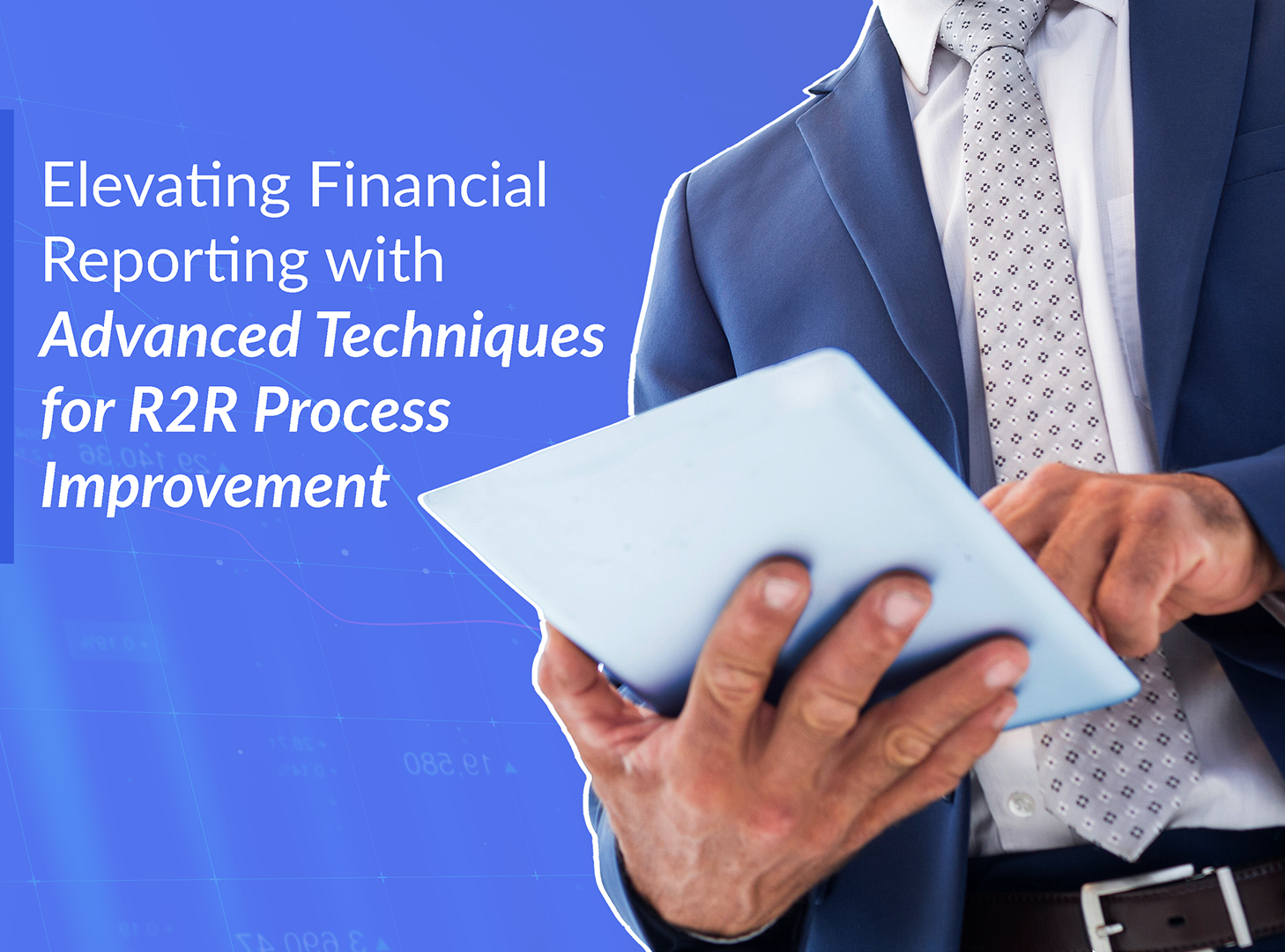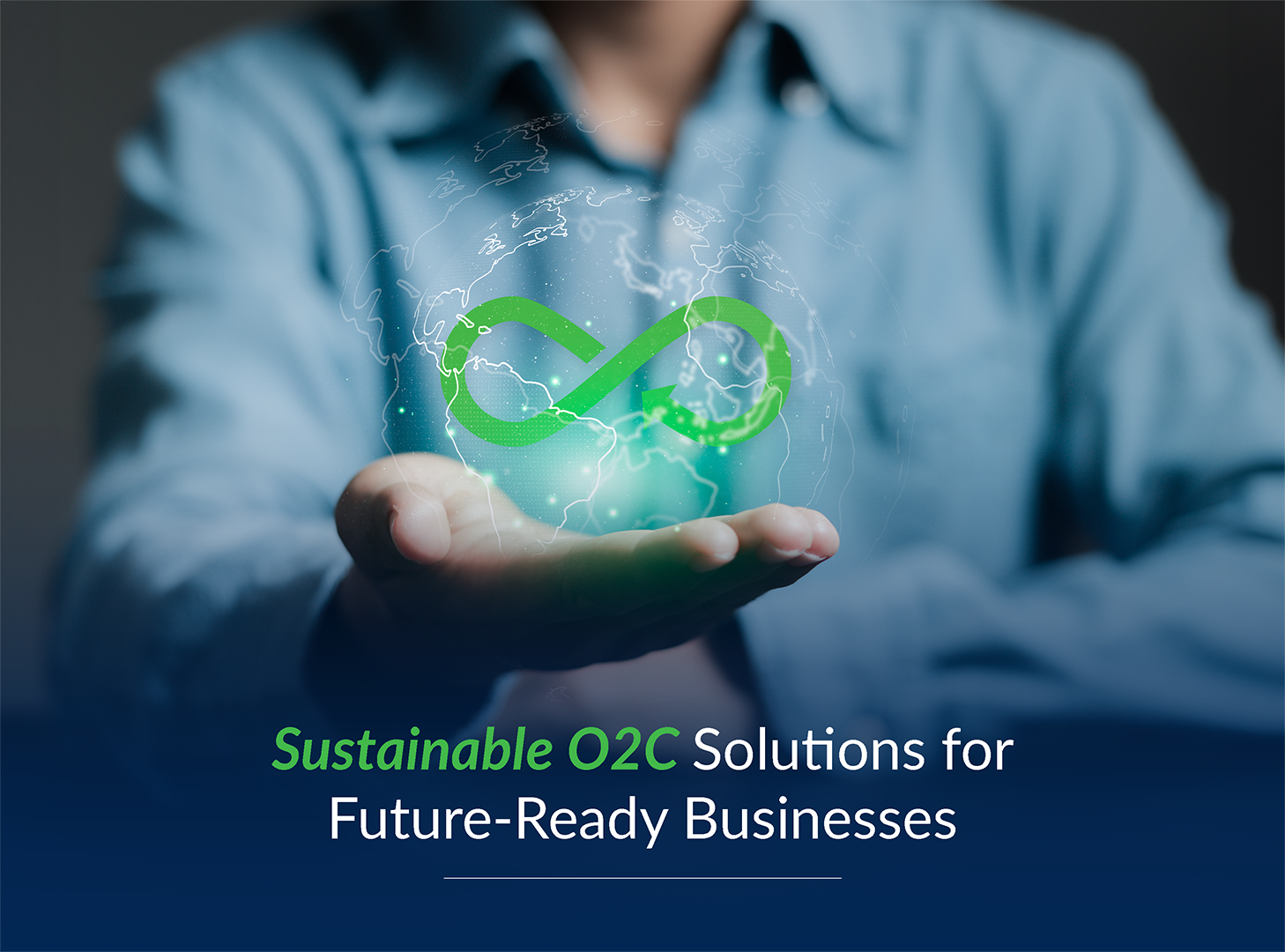In today’s fast-paced business world, efficiency isn’t just an advantage; it’s a necessity. This is especially true in financial reporting, where the accuracy and speed of your Record to Report (R2R) process can significantly impact your company’s strategic decisions and overall success. An efficient R2R process ensures that financial data is accurate, compliance is maintained, and stakeholders have access to timely information.
But how can you elevate this critical process? This is where advanced R2R techniques come in. By integrating innovative strategies and technologies, you can transform your financial reporting from a routine task into a dynamic asset. These advancements not only speed up the reporting process but also enhance the analytical capabilities of your financial team, leading to more informed and agile business decision-making.
1. The Power of Automation and AI in R2R
Automating Repetitive Tasks
Imagine reclaiming hours in your day—hours once lost to mundane, repetitive tasks like data entry and account coding. Automation tools in the Record to Report (R2R) process do exactly that. By streamlining these tasks, you not only free up valuable time but also minimize the risk of human error. This shift allows you and your team to focus on more strategic activities that require human insight and creativity, thereby enhancing productivity and operational efficiency.
AI-powered Data Validation and Analytics
Beyond just automating tasks, artificial intelligence (AI) plays a crucial role in revolutionizing data validation and analytics within R2R. AI-driven systems scrutinize your data with a level of precision unattainable by human efforts alone. These systems provide predictive analytics that can preemptively identify potential issues, allowing you to address problems before they escalate. The integration of AI ensures that your financial reporting is not only faster but also more accurate, giving you a clearer insight into your financial standing and more confidence in your strategic decisions.
2. Enhancing Data Quality and Standardization
Master Data Management (MDM)
To thrive in today’s data-driven world, implementing robust Master Data Management (MDM) systems is crucial. MDM ensures that all your crucial data—financial records, customer information, and operational metrics—are accurate and consistent across all platforms. This accuracy is essential for maintaining the integrity of your data and making informed decisions. With MDM, you can avoid the pitfalls of data discrepancies and ensure that everyone in your organization is working with the same reliable information.
Standardized Data Formats and Taxonomies
Imagine a workplace where data is exchanged seamlessly across departments without the hassle of format discrepancies or misunderstandings. By standardizing data formats and developing a common taxonomy, you minimize errors and streamline the entire reporting process. This uniformity allows for smoother integration, quicker access to information, and ultimately, a more efficient workflow.
3. Leveraging Cloud-Based Solutions for Agility
Cloud-Based R2R Platforms
Cloud platforms revolutionize the R2R process by offering centralized data storage and enhanced collaboration across teams. By moving to the cloud, you gain the flexibility to access your data from anywhere, at any time, which is invaluable in today’s mobile-first world. This centralization not only boosts efficiency but also improves data security, as cloud providers invest heavily in protecting your information against breaches.
Real-Time Reporting and Dashboards
In the fast-paced world of finance, the ability to access real-time insights and dashboards can significantly enhance your financial performance monitoring and strategic decision-making. These tools provide you with up-to-the-minute data, allowing for swift adjustments in strategy and immediate response to financial indicators. This real-time capability ensures that you remain agile and informed, ready to capitalize on opportunities as they arise or mitigate risks before they become costly.
4. Advanced Techniques for Process Efficiency
Continuous Process Improvement (CPI)
Embracing a culture focused on Continuous Process Improvement (CPI) is essential for enhancing the efficiency of the R2R process. This approach involves regularly assessing and refining processes to eliminate inefficiencies and adapt to new challenges and technologies. By committing to CPI, you ensure that your financial operations are not just maintaining the status quo, but are continuously evolving to become faster, smarter, and more reliable.
Robotic Process Automation (RPA)
Robotic Process Automation (RPA) is a game-changer for automating specific tasks within the R2R cycle, such as transaction processing or compliance checks. By implementing RPA, you can significantly increase efficiency and accuracy in these areas, reducing the likelihood of manual errors and freeing up your team to focus on more complex, value-added activities. RPA can be tailored to meet the unique needs of your financial operations, delivering consistent results and reliability.
5. Fostering a Collaborative Work Environment
Cross-Functional Collaboration
For a seamless R2R process, the necessity of interdepartmental cooperation cannot be overstated. When finance, operations, and other departments collaborate effectively, the entire process from recording transactions to reporting financial outcomes becomes smoother and faster. This cross-functional collaboration ensures that all parts of your organization are aligned, which enhances overall efficiency and helps to identify and resolve issues more quickly.
Data Governance Framework
Establishing a robust data governance framework is crucial for maintaining the integrity of your data across all levels of the organization. A strong framework not only ensures data accuracy and security but also streamlines access and control, making it easier for all stakeholders to get the information they need when they need it. With well-defined governance practices, you can facilitate better decision-making, reduce data-related risks, and foster a culture of transparency and accountability in your R2R process.
6. Investing in Human Capital
Upskilling and Training
In today’s rapidly evolving business environment, the need for ongoing training is more critical than ever. As new R2R tools and techniques are developed, equipping your team with the necessary skills to utilize these innovations can significantly enhance your operational capabilities. Regular training programs not only boost your team’s proficiency but also their confidence in using advanced technologies, ensuring that your organization remains competitive and agile.
Change Management Strategy
Implementing advanced R2R solutions brings about significant change, which requires a thoughtful and strategic approach. Effective change management strategies include clear communication of the benefits and impacts of the new tools, as well as structured support systems to help employees transition smoothly. By addressing potential resistance head-on and involving your team in the transformation, you can foster a more adaptable and innovative organizational culture.
How StratShore Can Amplify Your R2R Success
StratShore stands out as an offshoring solution provider specializing in finance and accounting services. By partnering with StratShore, businesses can leverage numerous offshoring advantages to automate, streamline, and optimize their R2R processes. Here are some specific ways StratShore can enhance your operations:
- Resource Efficiency: StratShore’s offshoring solutions can reduce operational costs while maintaining high-quality standards, allowing you to allocate resources more strategically across your business.
- Expertise Access: Gain access to specialized skills and knowledge that may be scarce or costly within your local market, enhancing your capabilities without the need for extensive internal training.
- Scalability: Easily scale your operations to meet changing business needs without the logistical and financial burdens of local expansion.
These examples highlight how StratShore’s tailored offshoring solutions can lead to substantial efficiencies and strategic advantages in finance and accounting functions.
Conclusion
Throughout this discussion, we’ve highlighted the transformative impact of advanced R2R techniques—from automation and AI to continuous improvement and robust data governance. Adopting these strategies not only enhances efficiency and accuracy but also supports a more agile, informed decision-making process. This evolution is essential for businesses aiming to maintain a competitive edge in today’s fast-paced market.
For organizations looking to further amplify these benefits, StratShore offers a compelling solution. With its specialized focus on offshoring for finance and accounting, StratShore equips businesses with the tools to automate, streamline, and optimize their R2R processes effectively. Choosing StratShore means not just meeting but surpassing your strategic goals through expert outsourcing.
Are you ready to transform your R2R processes and achieve new heights of efficiency and strategic insight? Contact StratShore today to discover how integrating offshoring and fintech solutions can revolutionize your financial operations.
Let us help you take the first step towards a more streamlined, cost-effective, and high-performing future. Visit our website or reach out directly to explore what StratShore can do for your business.




